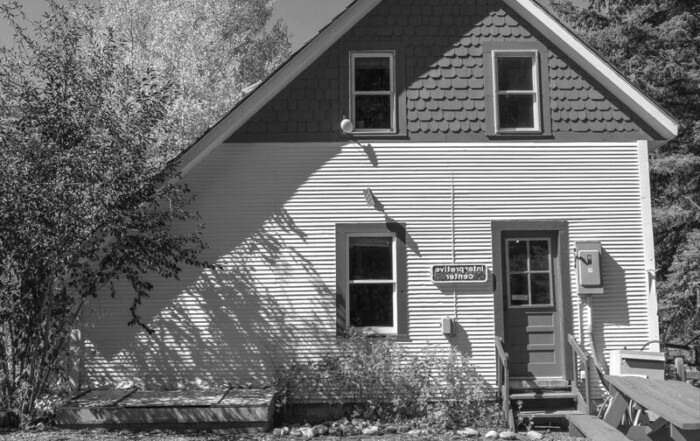
A 1031 exchange has long been a favored strategy among real estate investors, allowing them to defer capital gains taxes while diversifying their property portfolios. While the standard 1031 exchange is well-known and widely used, the reverse 1031 exchange has also been gaining popularity.
In this blog post, we will explore the basics of reverse 1031 exchanges to help you understand why investors are increasingly turning to this strategy. We will break down each step of the tax-deferred exchange process to see how it works.
The Basics of a Reverse Exchange
To understand the reverse 1031 exchange, it’s essential to grasp the fundamentals of this tax-deferral strategy. In a standard 1031 exchange, an investor sells a property and uses the sale proceeds to purchase a ‘like-kind’ replacement property within a specific time frame, typically 180 days. The capital gains tax on the sale of the original property is deferred, provided certain IRS rules and timelines are followed.
In a reverse 1031 exchange, the order of operations is reversed. Instead of selling a property first, the investor acquires a replacement property before disposing of the property they plan to sell/relinquish. This reversal allows them to take advantage of lucrative investment opportunities without being constrained by the strict deadlines associated with standard 1031 exchanges.
Steps Involved in a Reverse 1031 Exchange
Here are the key steps to executing a reverse 1031 exchange.
Step #1: Engage a Qualified Intermediary or Exchange Accommodator
The first step in a reverse 1031 exchange is to engage a Qualified Intermediary (QI) to create an Exchange Accommodation Titleholder (EAT), a single member limited liability company (SMLLC) which will temporarily take possession of the title of the replacement property on your behalf during the exchange period.
The purpose of this transfer is to ensure that the investor does not own both the replacement and the property they plan to sell/relinquish at once. This step is crucial in maintaining the tax-deferred status of a reverse 1031 exchange, because, according to the IRS, owning both properties at the same time could be interpreted as a sale and negate the tax benefits of the exchange.
No later than five business days after the transfer of the property to the EAT, they must enter into an agreement known as a Qualified Exchange Accommodation Agreement (QEAA).
Step #2: Identify the Replacement Property and Secure Financing
Now, it’s time to identify the new investment property (if you haven’t already) that is intended to replace the existing property. In order to comply with IRS regulations, the potential replacement property must be of ‘like-kind’ to the relinquished property. This requirement does not limit investors to identical properties.
Instead, it allows for a broad range of real estate investment opportunities. For example, investors can exchange commercial property for residential real estate or vacant land for an apartment complex.
Financing can be a critical aspect of completing a reverse 1031 exchange. Real estate investors should have the necessary funds in place to acquire the replacement property in order to comply with the strict IRS timelines.
Traditional lenders often involve lengthy approval processes, underwriting, and extensive documentation, which can result in potential delays. On the other hand, hard money lenders, such as HCS Equity, can expedite the reverse 1031 exchange loan approval process, allowing investors to secure the replacement property quickly without jeopardizing the success of the exchange.
Step #3: Determine Which Existing Investment Property to Sell
In this stage, the Exchanger enters into a Purchase and Sales Agreement (PSA) with the seller of the replacement property. This agreement outlines the terms and conditions of the property purchase and must state that the purchase is subject to a reverse 1031 exchange.
The investor has 45 calendar days to identify which of their existing properties will be sold as a relinquished property and 180 calendar days to complete the sale of the identified relinquished property. The proceeds from the sale will typically be used to pay off any debt associated with the relinquished property or to reimburse the investor for any expenses incurred in the exchange.
Step #4: Finalize Tax-Related Paperwork With the QI and Take Title to the Newly Acquired Property
Once the transaction is closed, the QI or EAT will take possession of the legal title for the new property, so the investor does not own both properties at once. This is a necessary step in maintaining the tax-deferred status of a reverse 1031 exchange.
The reverse 1031 exchange is considered complete when the relinquished property is sold and the replacement property is transferred to your name. At this point, investors have successfully deferred capital gains taxes. The QI will handle all the necessary paperwork and ensure that the transaction complies with IRS regulations governing reverse 1031 exchanges.
The Final Words
A reverse 1031 exchange can be an effective strategy for real estate investors looking to maximize their tax benefits and optimize their property portfolios. However, it can be complex, and the stakes are high.
When time is of the essence and traditional financing options are not available, hard money loans can provide the necessary funding to facilitate a smooth reverse 1031 exchange. Moreover, since the primary benefit of a reverse 1031 exchange is the deferral of capital gains tax, it’s advisable to work closely with professionals who are experienced in real estate exchanges to ensure compliance with IRS requirements.
By following these key steps and working with professionals, investors can navigate the complexities of a reverse 1031 exchange successfully.
Get in touch with HCS Equity to secure financing for your next reverse 1031 exchange.










